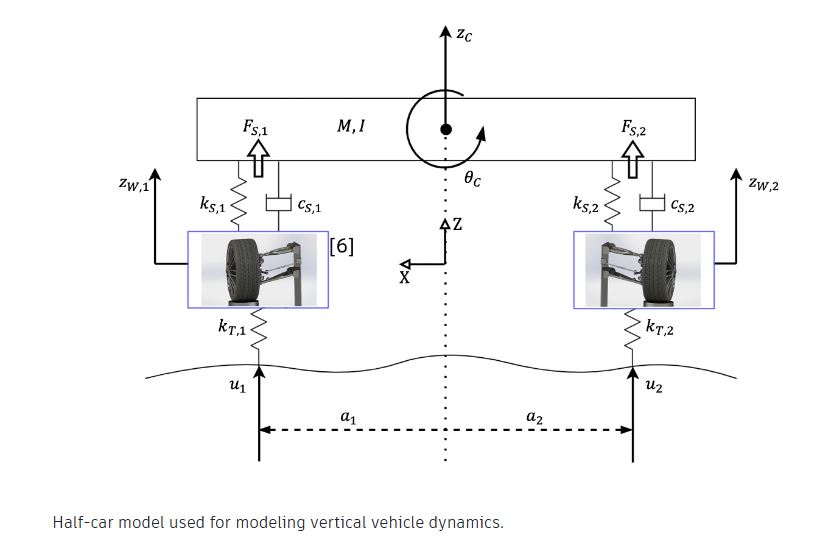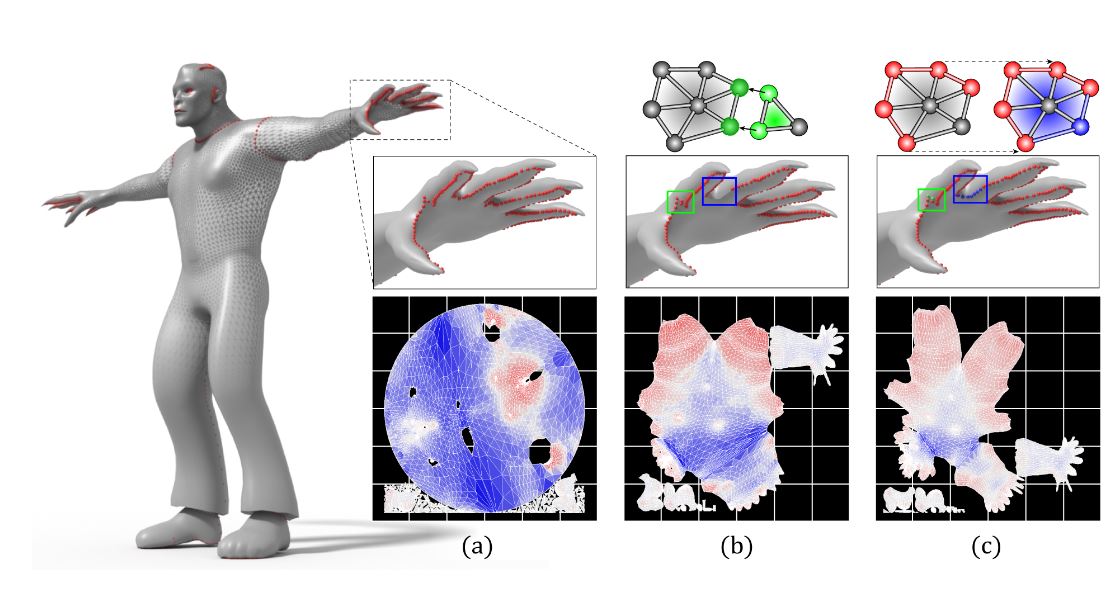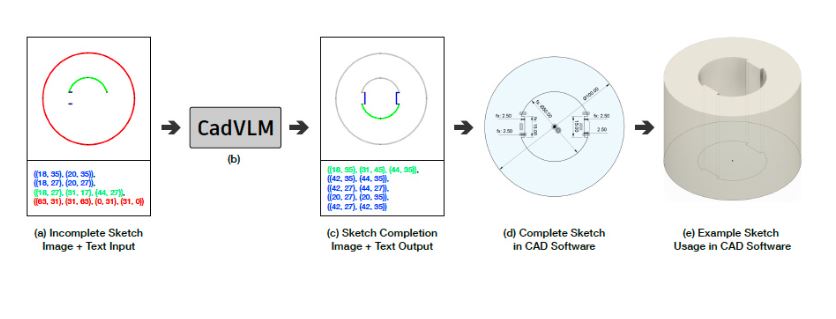Recently Published by Autodesk Researchers
Autodesk Research teams regularly contribute to peer-reviewed scientific journals and present at conferences around the world. Check out some recent publications from Autodesk Researchers.
In automotive engineering, designing for optimal vehicle dynamics is challenging due to the complexities involved in analyzing the behavior of a multibody system. In this paper, the team proposed a mixed-fidelity multidisciplinary approach, in which a simplified set of dynamics equations are used to model the whole vehicle while incorporating a high-fidelity multibody suspension module as an additional coupled discipline. They then employ modular analysis and unified derivatives (MAUD) to combine analytical derivatives based on the dynamics equations and finite differences obtained using an existing multibody solver. The benefits of this approach are shown in an experiment conducted to find optimal vehicle parameters that optimize ride comfort and driving performance considering vertical vehicle dynamics.
GraphSeam: Supervised Graph Learning Framework for Semantic UV Mapping
Recently there has been a significant effort to automate UV mapping, the process of mapping 3D-dimensional surfaces to the UV space while minimizing distortion and seam length. Although state-of-the-art methods, Autocuts and OptCuts, addressed this task via energy-minimization approaches, they fail to produce semantic seam styles, an essential factor for professional artists. The recent emergence of Graph Neural Networks (GNNs), and the fact that a mesh can be represented as a particular form of a graph, has opened a new bridge to novel graph learning-based solutions in the computer graphics domain. This work explores the power of supervised GNNs for the first time to propose a fully automated UV mapping framework that enables users to replicate their desired seam styles while reducing distortion and seam length.
CadVLM: Bridging Language and Vision in the Generation of Parametric CAD Sketches
Parametric Computer-Aided Design (CAD) is central to contemporary mechanical design. However, it encounters challenges in achieving precise parametric sketch modeling and lacks practical evaluation metrics suitable for mechanical design. This paper explores CadVLM, an end-to-end vision language model for CAD generation. The team’s approach involves adapting pre-trained foundation models to manipulate engineering sketches effectively, integrating both sketch primitive sequences and sketch images. Extensive experiments demonstrate superior performance on multiple CAD sketch generation tasks such as CAD autocompletion, CAD autoconstraint, and image conditional generation. This is the first instance of a multimodal Large Language Model (LLM) being successfully applied to parametric CAD generation, representing a pioneering step in the field of computer-aided mechanical design.
Get in touch
Have we piqued your interest? Get in touch if you’d like to learn more about Autodesk Research, our projects, people, and potential collaboration opportunities
Contact us

